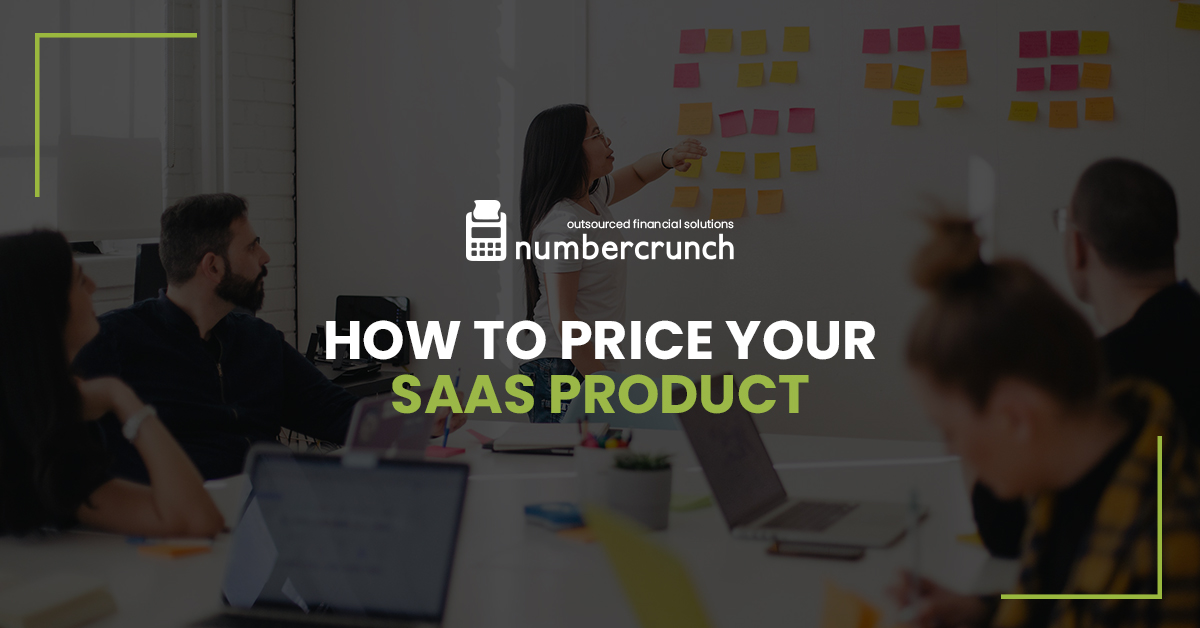Ever wonder how to price your SaaS product?
Pricing is one of the 4 Ps of Marketing (ie: price, product, promotion and place) but there is also a financial perspective that should be considered to avoid some common pitfalls when setting subscription model prices.
To help, we’ve compiled 7 core questions for you to consider when pricing your SaaS product subscription model. The objective of these questions is to gather all the variables needed to map out a growth oriented pricing model.
The first 4 questions are around the customer perspective on your pricing model.
1. Who is your ideal client? Who did you build your SaaS for and who is willing to buy your solution today (not your vision – but the product you have today with it’s limited functionality, bugs, and ugly user interface). Your “as is” condition. If you don’t have a product yet then skip this question but if you do let’s price your product as it is today as a starting point because most founders can’t sell (with confidence) what doesn’t exist.
2. What value will they get from your offering? In other words, what is the benefit of the product itself?
3. How many will they buy? Are we talking about capacity (per user, or per seat)?. Or is it by functionality? As your clients grow and mature with your solution, what will they need more of going forward? How many will they buy? How many users? What is your expectation of your customer over time?
4. And how long will they stay? If this is B2B SaaS you are building a long-term relationship. 2 years? 10 years? A reason, season or a lifetime?
The next line of questions pertains to the structure of payment terms. In some cases monthly credit cards work, for some pre-authorized payments are acceptable but for Enterprise SaaS you will create a lot of unnecessary friction if you try and sell the same way you would to Consumers or SMB.
5. What is the procurement process like? This is an area that is often overlooked and yet there are so many factors of resistance here that slow down the buying process if your pricing model doesn’t consider your market. What players are in the process? What steps are required for sign-off? How do they pay their vendors? Is it annually or monthly? Will they pay up front or in arrears? Will they want a contract? How demanding of a process will that be? Are there big compliance requirements to meet? And essentially how long will procurement take? Will they pay extra for Support or does it need to be an all-inclusive price?
Another factor often overlooked in pricing is Customer Service.
6. Do you need to provide 24/7 access and support? Do you need to be monitoring activity? Do you need to actively engage regularly to retain the customer? Do you need to invest more in Compliance and Security? Sometimes you can charge for support, warranty, training, etc. Can you or do you need these costs to be factored into your pricing?
7. And finally, do you need to provide a free trial? How much friction is in your sales process? Does a free trial almost guarantee a win? Or is your paid MVP a great starting point to hook them? Do you have enough data to even know?
Once you’ve considered all of these areas you’ll be poised to lay out the pricing framework.
There are other market-based and financial considerations but this will provide you with a solid framework to begin pricing your SaaS subscription-based product.
If you need any assistance with pricing your SaaS product our team at Numbercrunch can help you today!
Author: Susan Richards










